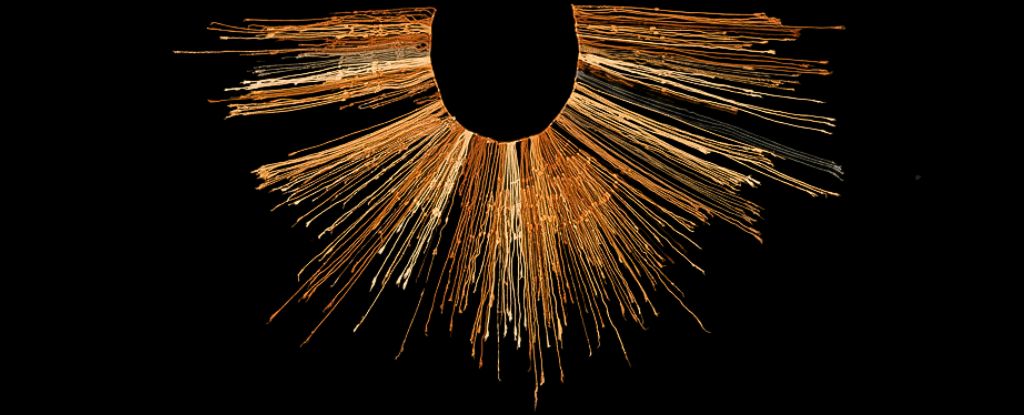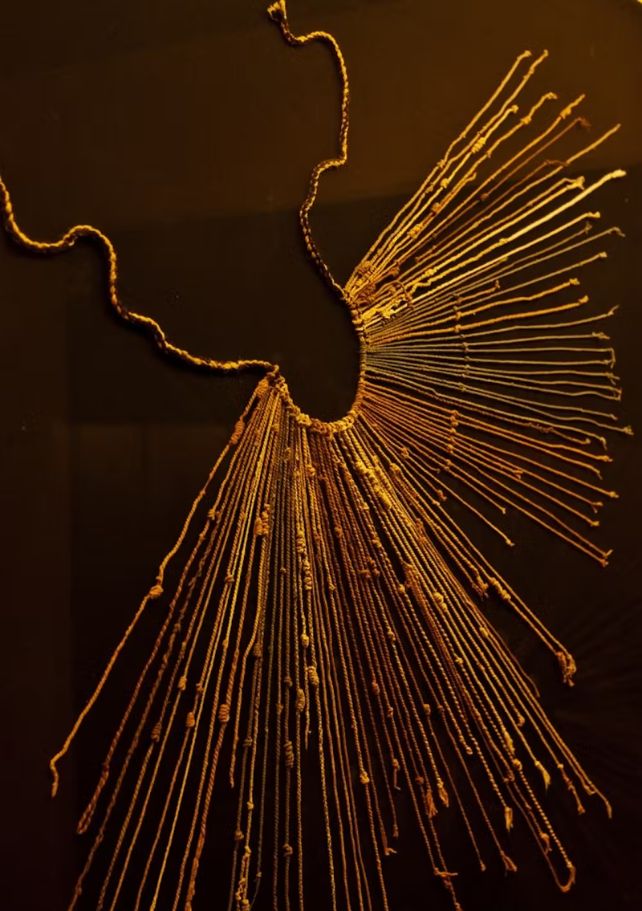Mysterious Inca Objects Reveal a Hidden Link We Never Saw Before
Last edited Sun Nov 24, 2024, 12:30 PM - Edit history (1)
24 November 2024
By Karen Thompson, The Conversation

Khipu displayed by the Karco Museum in Peru. (Claus Ableiter/Wikipedia/CC BY-SA 3.0)
For more than a millennium, many Andean peoples used an object called a "khipu" (also spelled "quipu" and pronounced "key-poo" ) to record and communicate information.
In a new study published today, I make a numeric connection between two important khipus from history – the first being being the largest khipu ever known and the other one of the most complex.

Khipus used coloured cords adorned with knots at specific points. (Jack Zalium/flickr, CC BY-SA)
What were khipus used for?
While khipus were used in earlier times, they were especially important to the Inca Empire, which lasted from around 1438 CE to 1532 CE (when the empire was conquered by the Spanish). Since the Inca did not leave any written records, khipus are understood to have been their main system of communication and record-keeping.
Khipus were made with cords or strings with knots tied into them. And experts understand that many, but not all, of these knots were used to represent numbers.
Khipus were commonly made from either cotton or fibers sourced from camelids (the group of animals that includes camels, llamas and alpacas). These materials could be dyed or left naturally colored. Some khipus even include plant fibers, while several incorporate human hair.
More:
https://www.sciencealert.com/mysterious-inca-objects-reveal-a-hidden-link-we-never-saw-before

